
Furniture Design with Blender for manufacturing with Patrick Chénard (Profile)
The project profile series of Blender 3D Architect is a collection of articles aiming for feature projects related to architectural visualization. We invite talented artists to share additional details about each project to demonstrate how they approach each stage. And also allow each author to publicize their work among our readers.
How does it work? It is like an interview, where we sent a couple of questions about a project for the artist.
If you want to check previous project profiles, visit this link.
Today we have an overview of how it is possible to use Blender in manufacturing with a look at the work of designer Patrick Chénard, which uses Blender to help him design and work with furniture design. His work helps with the production of furniture for a Canadian company called Rouillard.
What is unique about this workflow? Unlike many projects that we work and might never become a product, using Blender to craft such
Let me thank Patrick Chénard for sharing the details about the project with Blender 3D Architect readers.
Can you describe your background with 3D modeling and rendering? When did you start to use Blender?
I started my journey with 3D softwares back in 2008. I was 17 and studying to be an Industrial Designer. The software they teach us is Solidworks. I remember there was a picture on the program’s website of a student modeling some mechanical parts, and I found it really cool and thought:“ Hey, I want to do that!“. I was always interested in 3D modeling, but I had a desire for real life, tactile results as well. At least more than what I felt I would get by studying 3D animation only. Industrial Design brought both concepts together.
I was getting pretty good with Solidworks, but I sometimes got annoyed by its “rigidity,” which made me look at alternatives. Back in 2010, I heard of Blender, which was an open-source modeling software. I was intrigued by what I saw of it, so I tried to learn it for about a month, but at the time found myself getting lost and not understanding the way to use it effectively. I gave it up at this time.
For how long are you using Blender at Rouillard?
So, 2017 is the year I decided to give Blender a real try. I started seeing more artworks made with it, and I kinda understood that there might be something more to the software than what I saw the first time. I began to learn it on YouTube and started to get pretty decent results after 2–3 months. My 3D modeling background helped me a lot there. I was able to make the bridge between what I knew from Solidworks and transfer it. I saw Blender as opening the hood of what I knew from 3d modeling and being able to play inside the engine, the circuitry, and really get full control.
The timing was really good since while I was getting better and better using Blender, management at Rouillard was starting to get requests for better quality renders and animations of our products. I approached them and asked if they were open to let me try my hand at a simple animation to see if I was able to give them what they needed before they went and asked an animation firm. They gave me a chance. What I did was a simple but pretty nice, and way better than what we were able to do with Solidworks at the time. They then saw the opportunity and advantages of having someone in-house that is able to produce imagery for our products.
How does Blender help with a typical workflow in your designs?
In my typical workflow, I will first do sketches, then I start doing shape variations in Blender. It’s really helpful and easy with the subdiv/non-destructive workflow, I can quickly duplicate, move some vertex, repeat, and after 30 minutes, I have a pretty decent mapping of ideas that I can show and discuss with the team.
What I love about Blender for developing products is the versatility. I can try really different ideas without having to edit sketches, deal with broken functions/constraints. I can easily adjust things on the fly when we are discussing designs with the team and react to suggestions. That makes the design process much more dynamic and fun.
Another thing Blender allows us to do is to more easily validate the look of upholstery methods. For example, how it would look if we use two different fabrics if we used thicker but softer foam if we make that edge round/straight, etc.
I normally still have to model everything in Solidworks afterward for the company workflow, as well as to create technical drawings, but having a Blender file for reference is a big help. I can export an STL version to Solidworks and model over it, or extract curves for critical dimensions and use them to guide the remodel. I see it a bit like retopology.
What is the biggest challenge in making furniture models in Blender?
For me, getting that realistic feel for upholstery is up there. I think that cabinets and tables, once you find a good workflow, with solidify and bevel modifiers, are pretty easy to achieve with a consistent result. But upholstery is where I am still working on getting better results. My two major challenges are:
1- Fabric seams, doing them on a big model requires discipline since it can be pretty destructive. It needs to represent the real-life manufacturing result as well.
2- Fabric folds and wrinkles. It’s something you have to practice to get good results, though they are now easier to do with the latest sculpt brushes and fabric pressure simulation.
I think that the first hurdle people will encounter when modeling furniture is getting the dimensions right. Sometime they’ll do well, but somehow the model will look off for some reason. So, getting the scale right is one of the first things someone should look into. After that, you have seat height, back angle, width, etc. Those dimensions are often standard within a certain range in the industry, so a chair that doesn’t fit them will look out of proportions. There are different dimensions for lounge seating, task chairs, guest chairs, stools, etc.
Do you use any other software alongside with Blender for technical drawings?
Yes, Solidworks. It’s pretty much industry standard as well, so sharing files when outsourcing is easier.
How long a project/visualization usually takes from start to finish?
For renders only, lately, I manage to keep them between 1 and 3 days, 6 to 24 hours, depending on the amount of modeling I have to do. Some ambiance can be really fast to come up with a final image if I have all the assets ready on hand and only need to make the room and lighting.
How do you set up the lighting of a scene for render?
I normally start with the “natural” lighting, so windows with an HDRI. I will play with their positions and the world orientation until I get something that I like after I add mostly area lamps to best show the products. I’ll use a sun lamp if the HDRI is overcast and I want hard shadows near the windows.
A trick I recently started using is having an image of branches with transparency that I put outside of my windows. That way, the shadows cast by the outside sun have the shadows of the branches in it, which give a richer look.
Here is an example:
What hardware did you use to render? Can you share an average render time?
I render on a 1080ti, and depending on the complexity of the scenes I make, it takes between 15 and 30 minutes. This is for renders. When I do animations, I need to get it closer to 1 minute per frame ideally. So a ±1 minute video might take between 34 to 42 hours to render. This requires that I use simpler scenes with more uniform lighting.
Do you use any add-ons or external tools to develop a design?
No, I manage pretty well with Blender and Solidworks. The add-on I dream of would be one that converted quad mesh to solid, and vice versa.
Thanks again to Patrick Chénard for sharing details about their work. You can check more projects from him at ArtStation or visiting Rouillard to check some furniture designs created with the help of Blender.

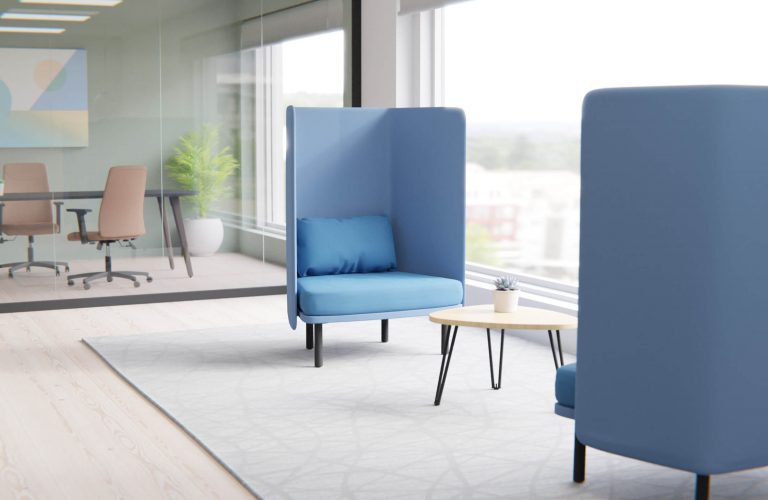
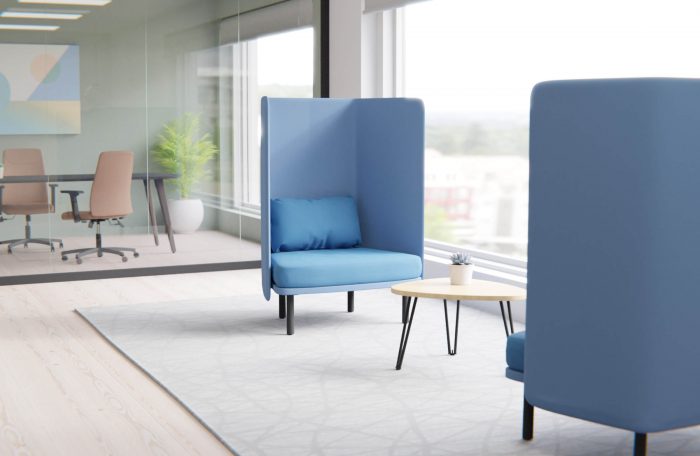
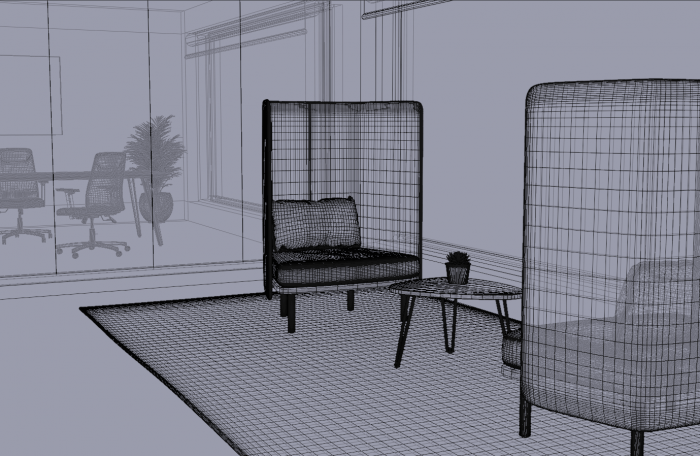
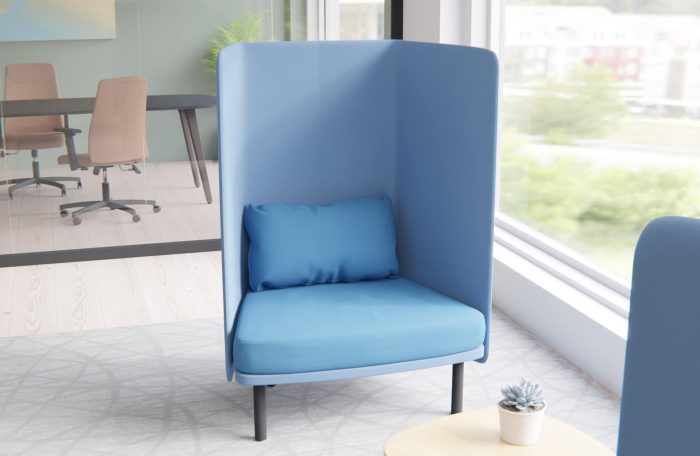
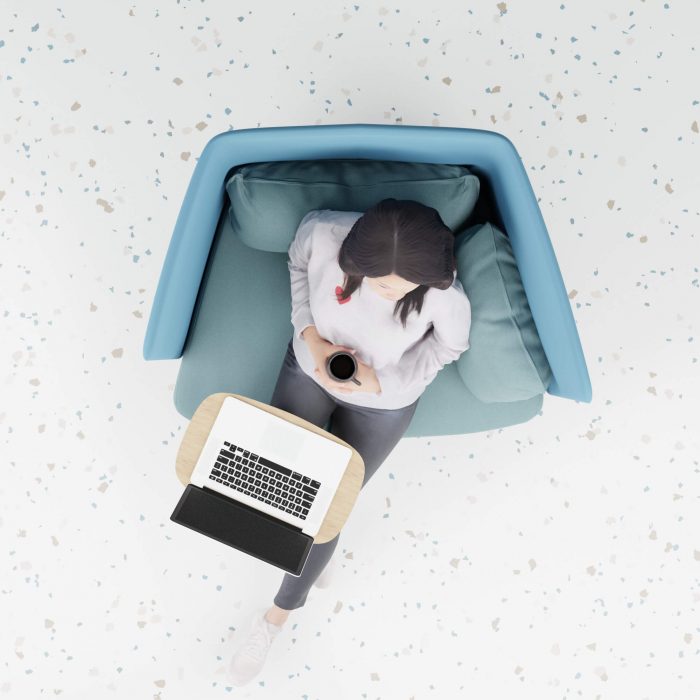
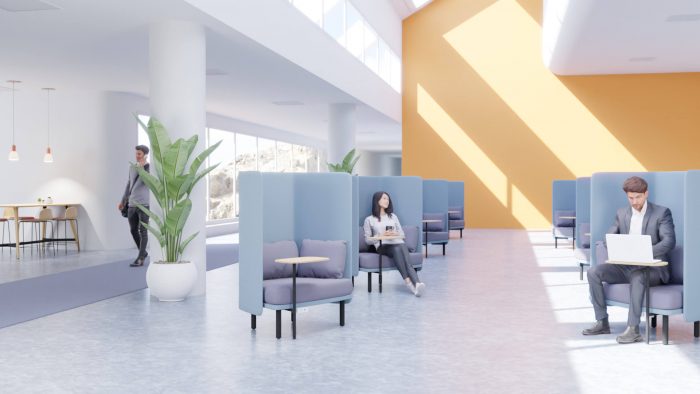
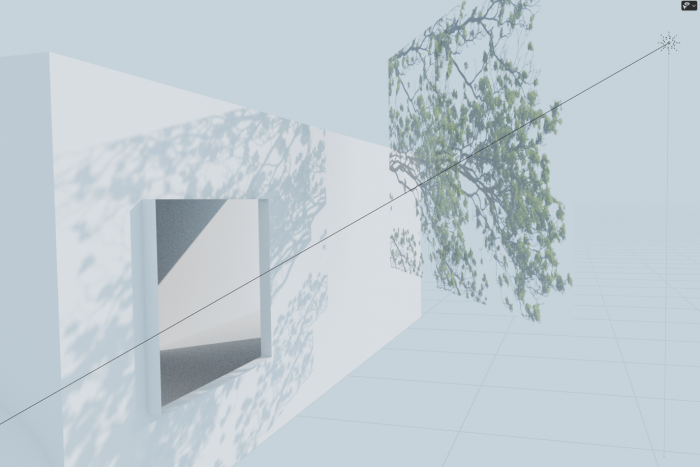
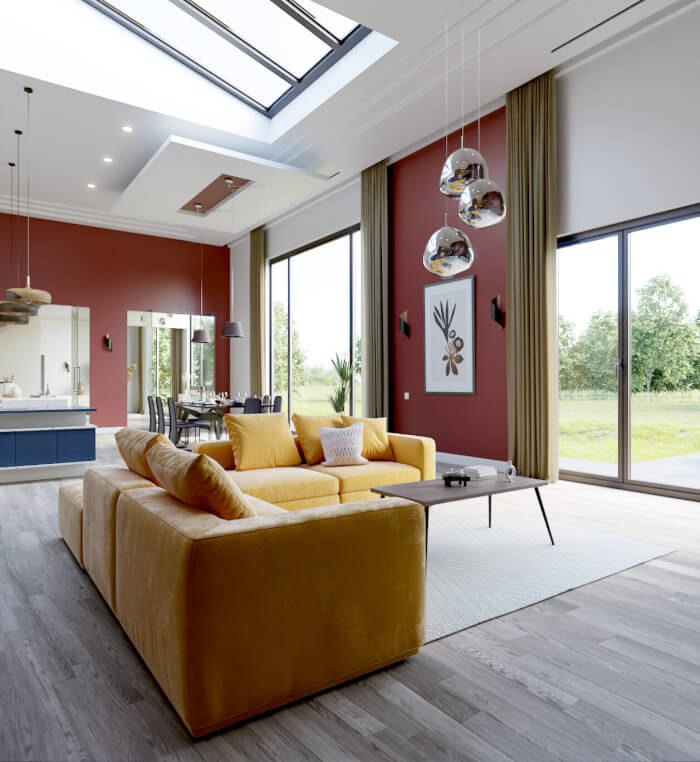
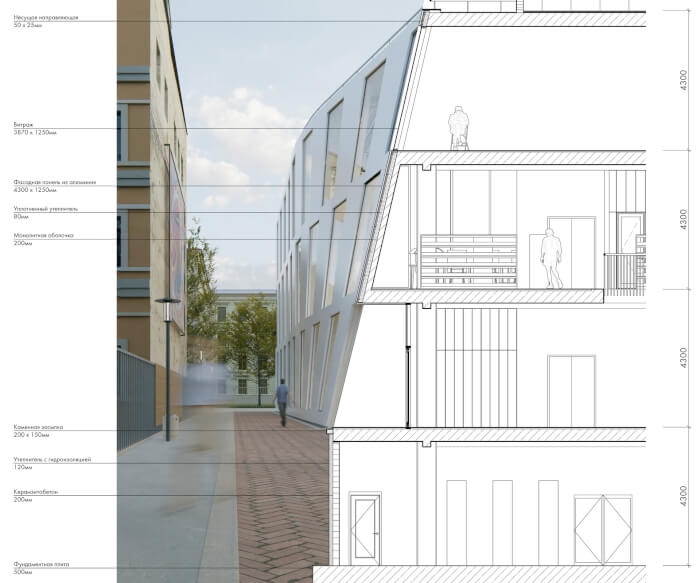
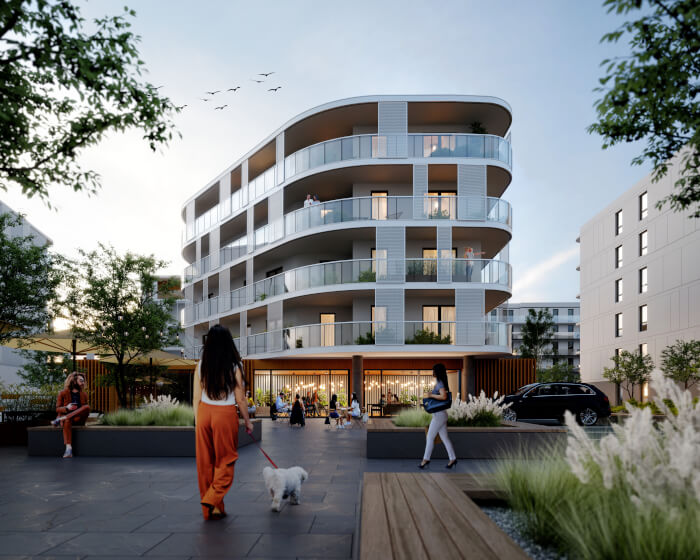

Thanks a lot for having me, It was a pleasure talking about this subject!